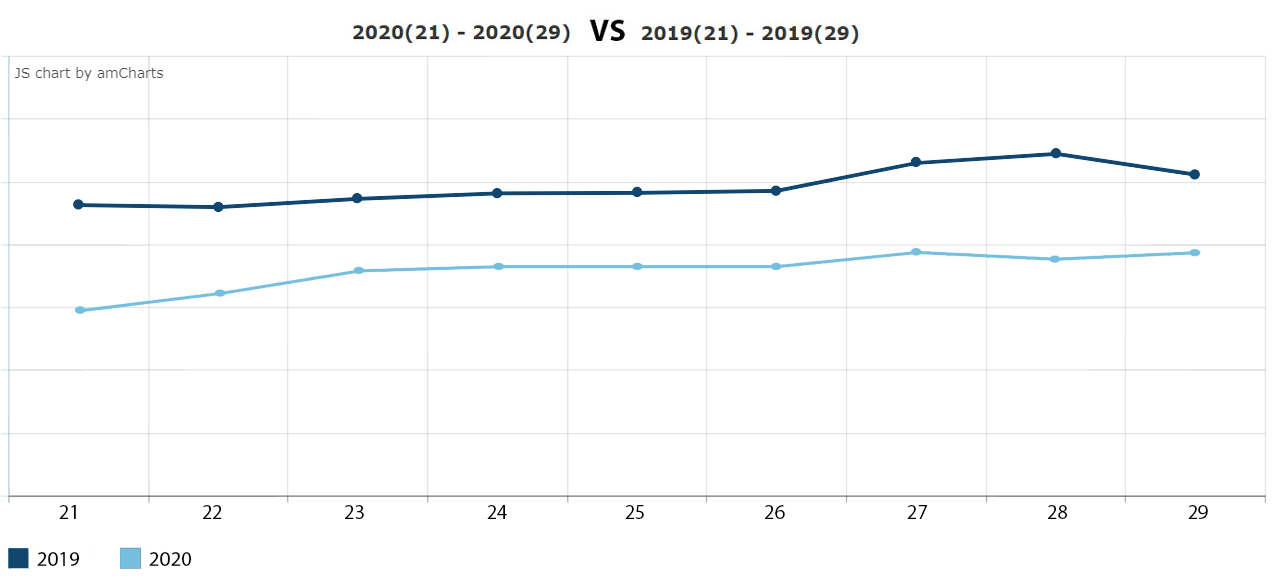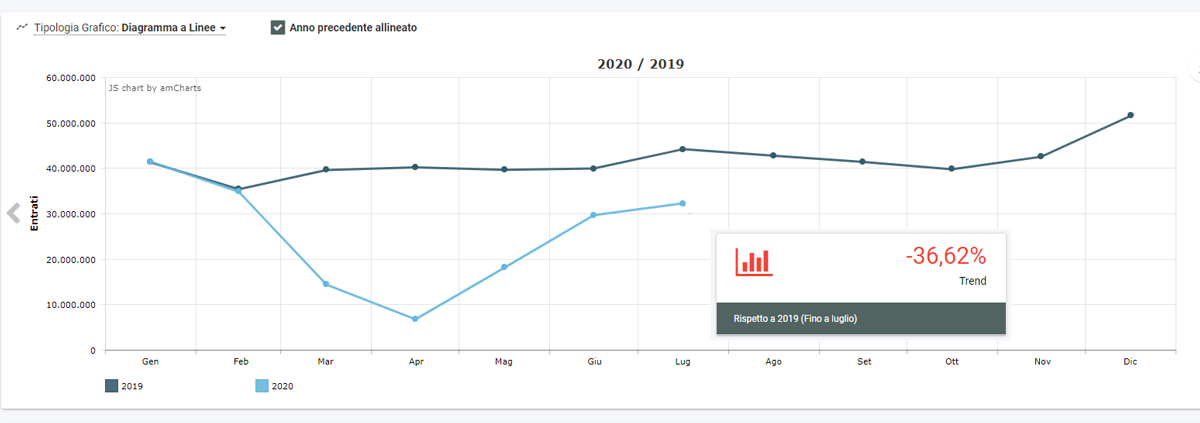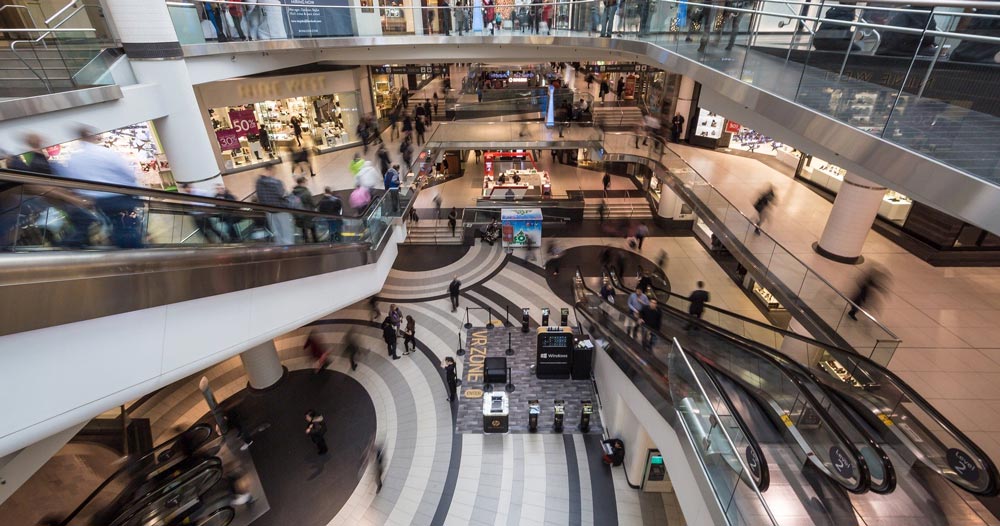Two months after reopening, there is a slow recovery in the number of visitors, but we are still far from a clear resumption.
The period we are going through has certainly changed our lives. Even after the end of lockdown there is still a lot of uncertainty and people’s behaviour is dictated by caution.
More than two months have passed since May 4th and the cautious return to a normal situation. We believe it is time to make a first point of the situation, going to verify how the habits and flows of visitors in the shopping centers (reopened since May 18th) have changed.
Data from our people counters: visits increase slowly
Thanks to our people counting systems and our Analytics platform (CheckinWeb), we are currently able to analyze access and visitor flows in more than 250 Italian Malls.
So let’s start the analysis taking as reference all Malls that have installed our people counting systems and let’s look at the data of the period from May 18th to July 19th, 2020, in order to assess the increase in the number of visitors during the weeks after the reopening (litght blue line). In the same graph we already make a comparison with 2019 (blue line) for the corresponding weeks (from 21 to 29), when there was no trace of the new Coronavirus:

Since the day of reopening we are observig a resumption of shopping centers, with an increase of 24.8%, but we are still far from the pre-Covid visitor flows and the national average difference compared to 2019, in the period under review, is 27.1%. After a pronounced growth in the first few weeks, we can see a flattening of the curve, with not so evident variations and a recovery on 2019 that seems to have stopped at the moment.
A comparison between the north and the rest of Italy
Covid-19 has affected Italy in a differentiated way, with the highest number of infections and victims in the northern regions. In the weeks immediately following the end of lockdown, this factor may have impacted on people’s behaviour in the north compared to the rest of the country.
We need to take a look at the data to confirm or deny this hypothesis. The following table shows the percentage change in Mall entries versus 2019, in the same period compared previously, differentiating North and Centre-South-Islands, with details of individual days of the week.

As we can see there is an average decrease of 27.6% in the North against 25.8% in the Central-South regions and islands, therefore a difference of 1.8%.
The day that shows a greater average difference is Sunday, however, partly due to the postponement in the Sunday reopenings, which took place on June 7th. More interesting is the figure for Saturday, typically the day with the highest number of visitors: both in the north and in the rest of the country, Saturday is the day that loses most compared to 2019, with a value higher than 1% on average in the north, and 3.2% higher than the Central-Southern-Islands group.
We can conclude that living in the areas of Italy most affected (or in any case most at risk) has only partially impacted on presences and on desire to return to normality, at least compared to the national average. However, an overall figure is evident: the numbers show a sharp differences in comparison with 2019.
The overall trend in the current year
Finally, we find it very interesting to show a graph that highlights the trend since the beginning of the year. How many visits are the shopping centers losing compared to 2019?

In the first seven months of 2020 data shows a decrease of 36.6%, obviously considering the “hole” caused by the lockdown. The increase in visits immediately after the reopening in mid-May has shown that recovery would be faster, but already between June and July (as seen in detail above) there is a setback. Overall, this is a significant decrease, and only time will tell whether the two curves can get closer by the end of the year. We will come back to this data over the next few months to show you the updated trend.
How long until a full recovery?
Making a prediction about a timing of a full turn-out is not easy, because there are many factors to consider. One of them is logically linked to the complete pandemic resolution, avoiding the dreaded second wave hypothesis. It should also be considered that the quotas will continue for a while, as well as the scrupulously following the anti-contagion rules (distancing, mask and frequent hand sanitization), and both are elements that reduce the agility of shopping in malls.
Such an evident decline can also be caused by economic factors, i.e. reduced household purchasing power and changes in consumption habits due to the emergency. In this regard, we must not forget the incidence of another element: the eCommerce word. Constantly expanding and somehow boosted during the period of quarantine, online shopping is taking more and more space away from classic physical shopping. This is a problem that already exists, but which today more than ever, presents Malls in a new challenge in order to avoid losing too much ground.
From this point of view, having an efficient people counting system and analyze accurately the data collected, becomes essential to get to know the customers in depth and make the offer more and more attractive.



Write a comment (Your email will not be published and will remain confidential)